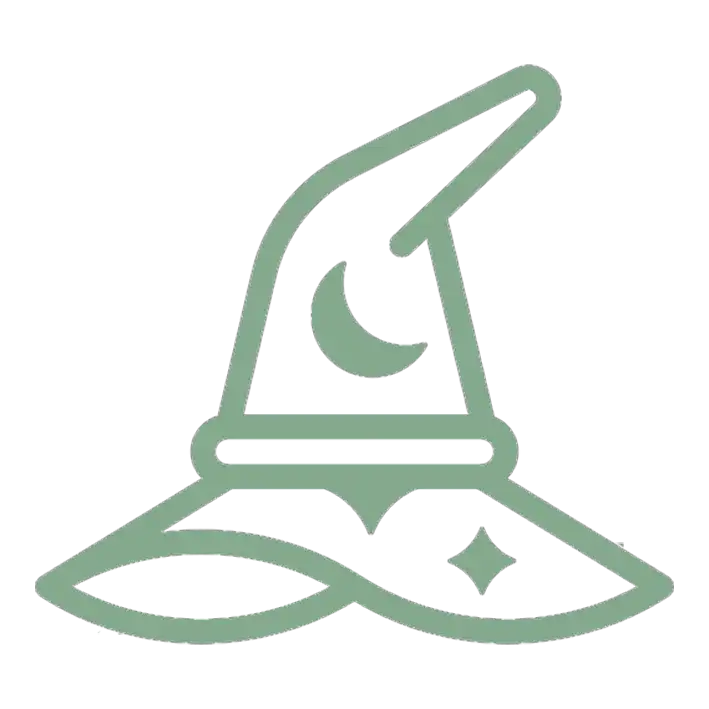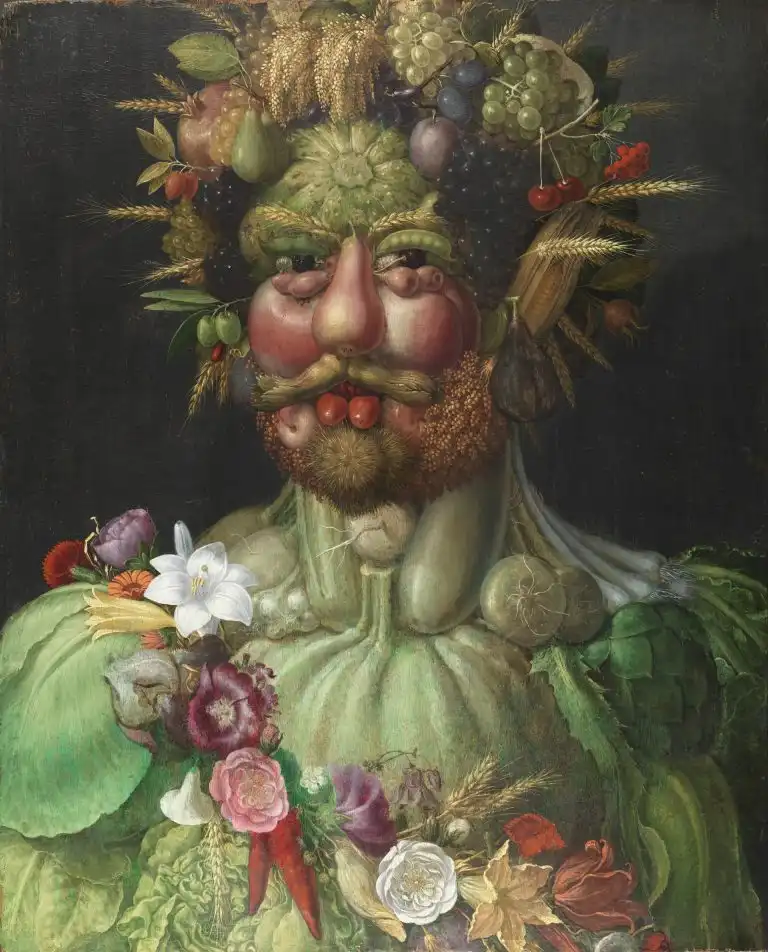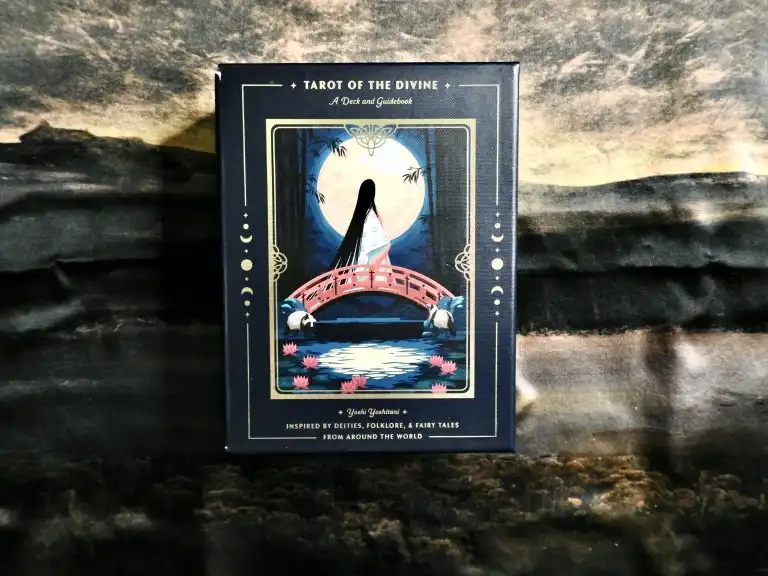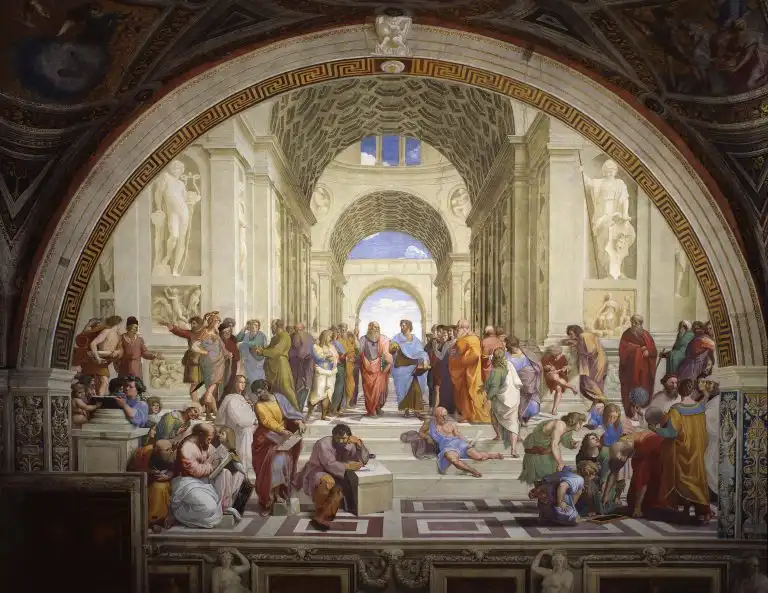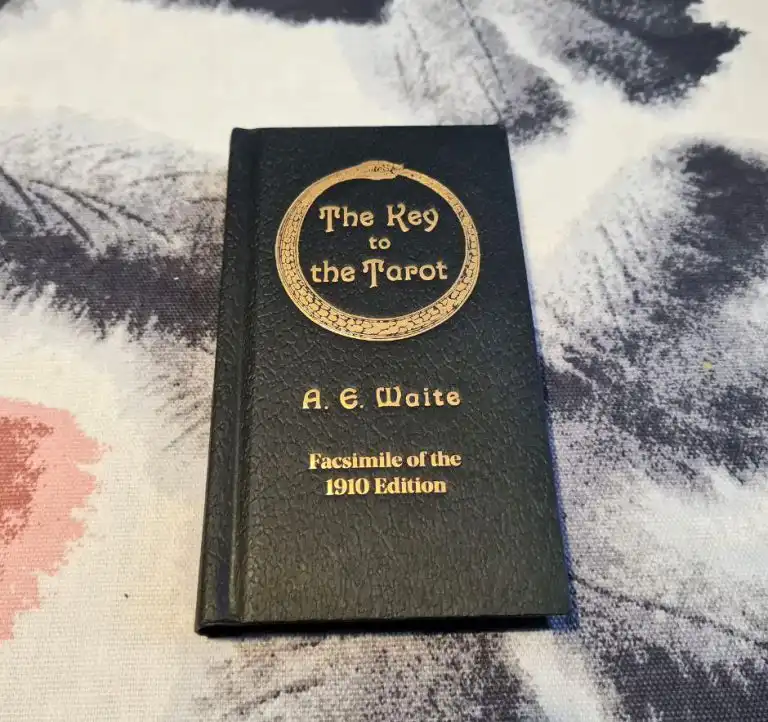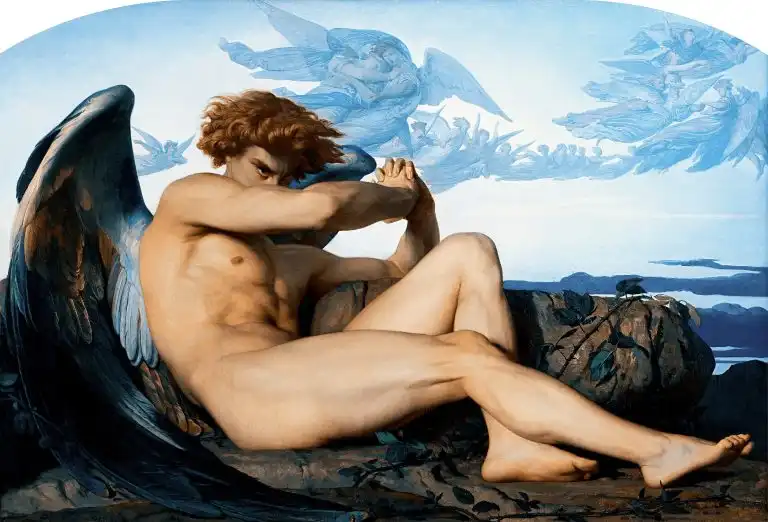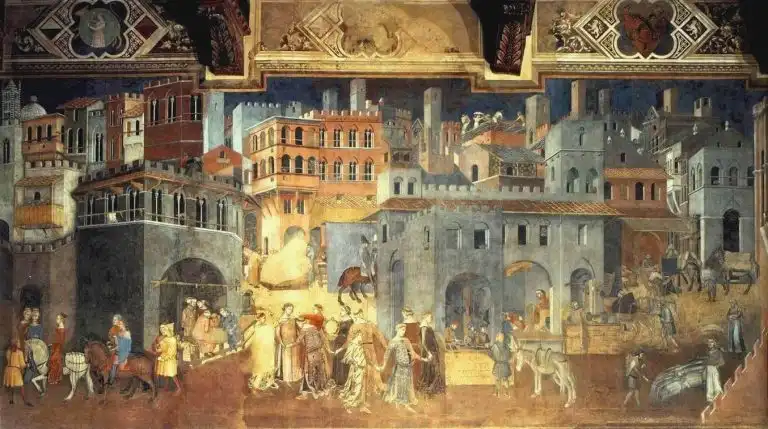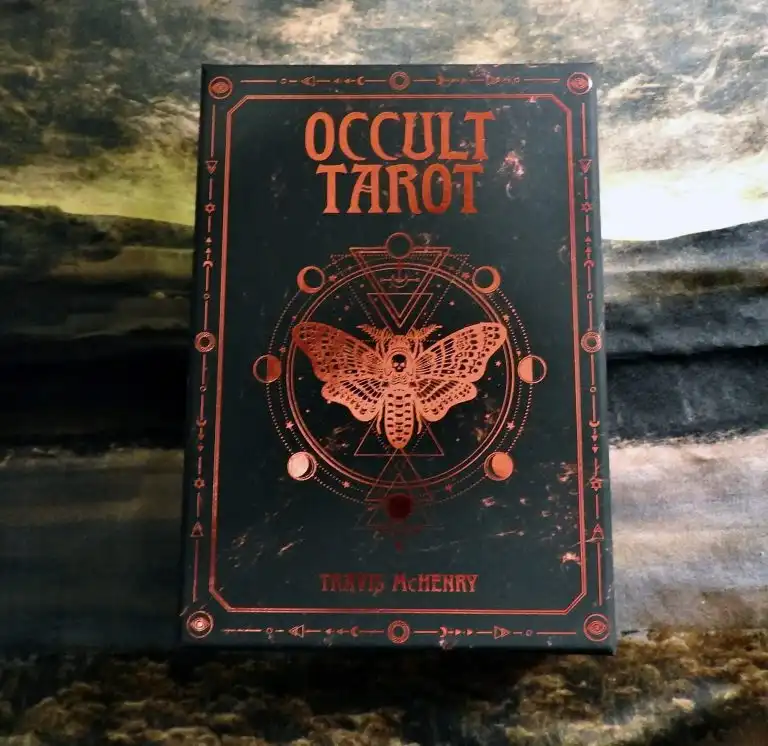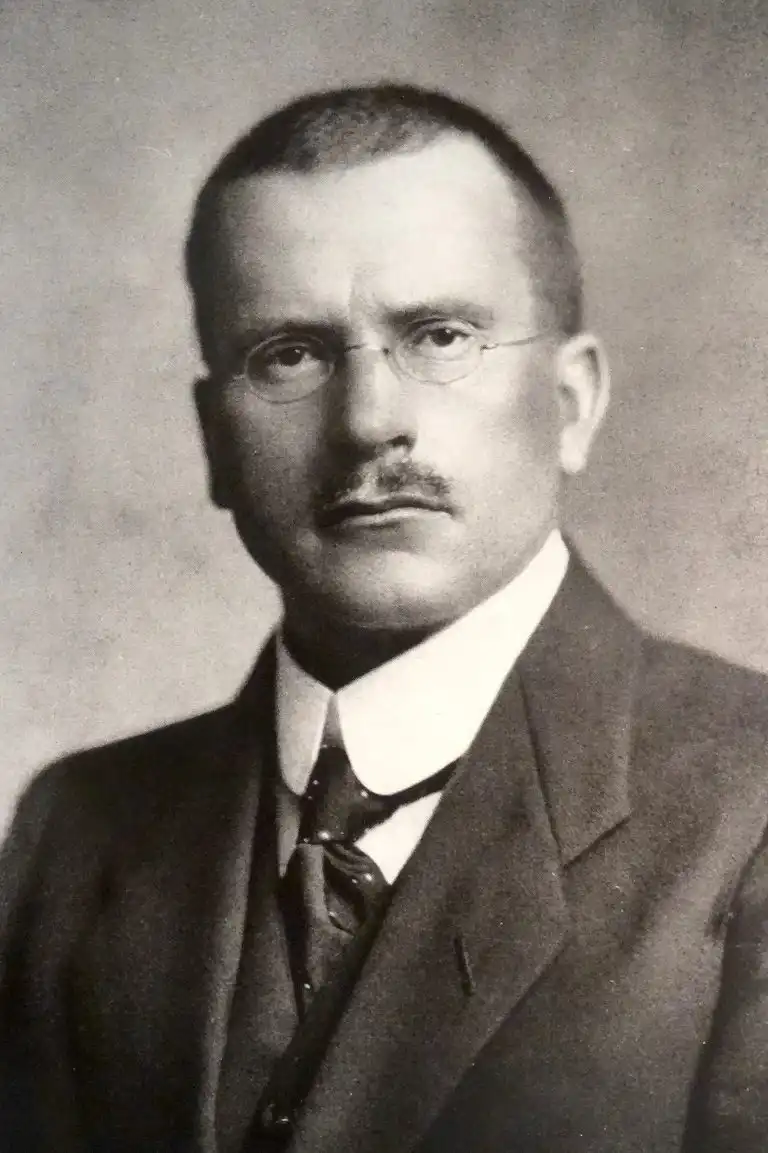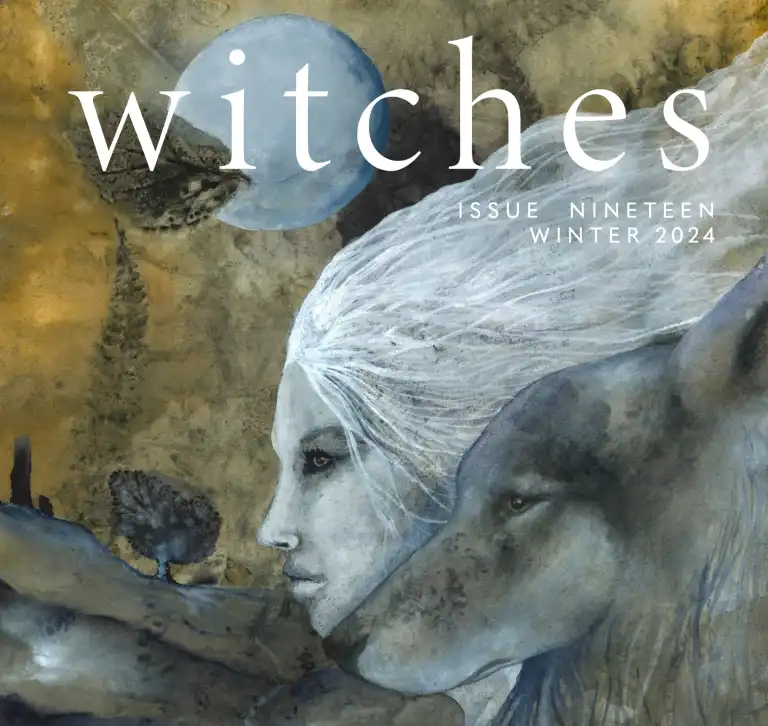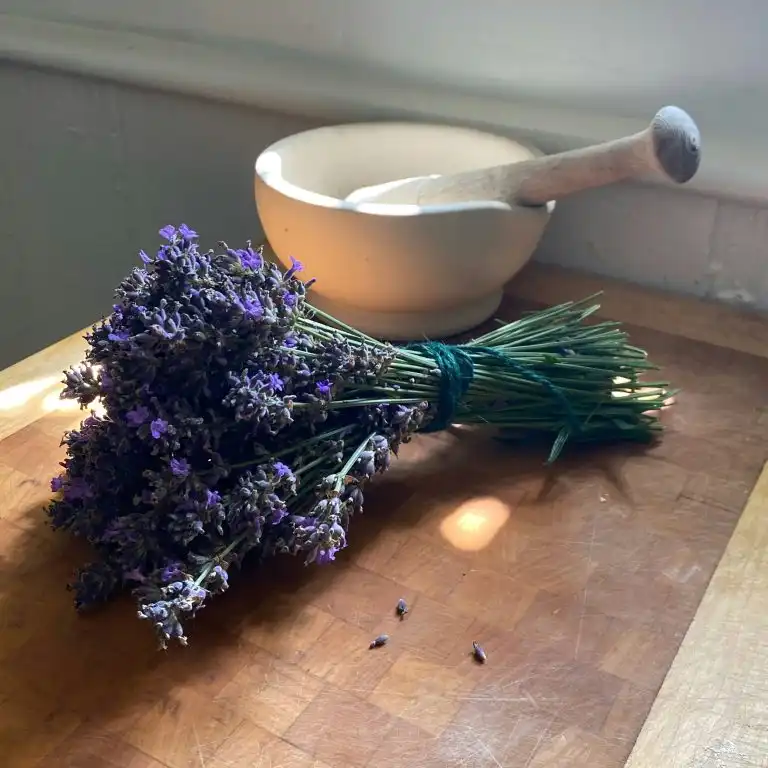
How To Be a Green Witch?
Green witches, also known as garden witches, are practitioners of witchcraft who work with natural elements, particularly plants and herbs. The history of green witches can be traced back to ancient times when some people were respected for their knowledge of herbology and healing. These people used natural resources for medicinal purposes, and their practices were often passed down through generations.
